THE DILEMMA
The British comedy duo Pete and Dud (Peter Cook and Dudley Moore) once had a discussion over the question of other religions. Dud explained the problem:
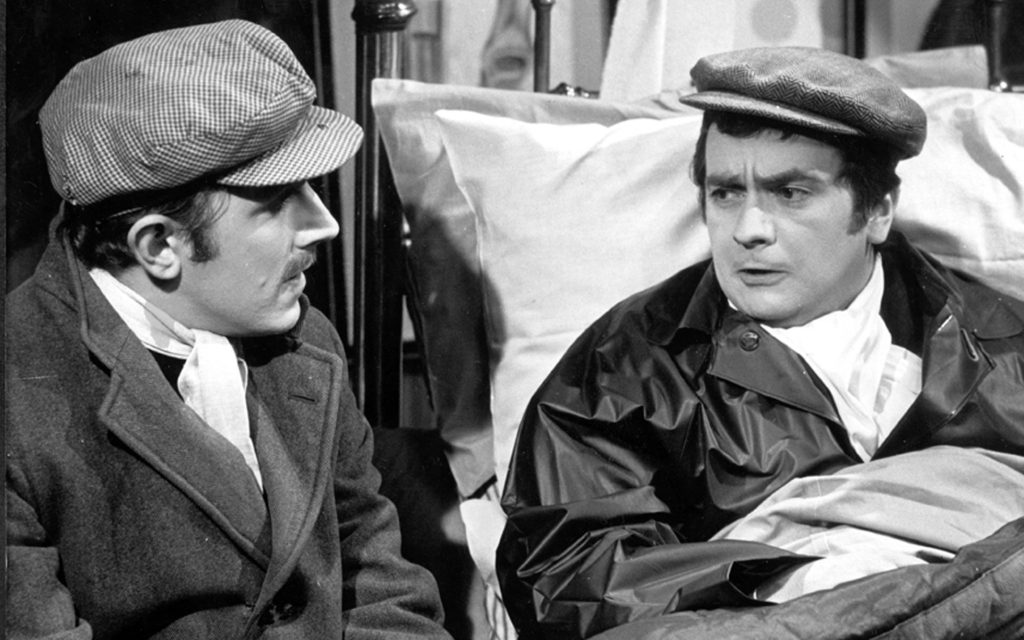
“You might be a perfickly good Buddhist and believe in Buddha and all that, and when you get to the pearly gates, there’s St Peter saying ‘ Oh no, you were wrong. You go down to the other place.’ Or alternatively, you might be a good Christian and go to church and all that, and when you get upstairs, what do you find? There’s Buddha laffing all over his face and sends you back as a worm.”
It really puts the issue of faith in a world of faiths in a nutshell. Is our eternal destiny actually like the Lottery with only one right answer?
THE CLASSIC CHRISTIAN RESPONSE
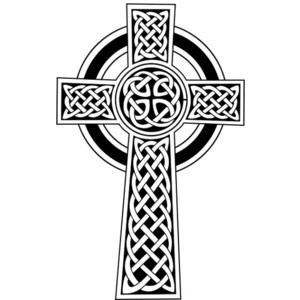
The traditional Christian answer is that Christ is the only way to God. The classic quotation for this is John 14.6: Jesus said to him, “I am the way, and the truth, and the life. No one comes to the Father except through me.” Indeed this is the final verse for the normal reading in funeral services, leaving the family with the uneasy question, ‘Am I or is s/he now lost?’
There is a real problem with ending the reading at this point. John 14.6 comes in the middle of a paragraph, which actually ends one verse later:
“If you know me, you will know my Father also. From now on you do know him and have seen him.” In other words, the point is not to close the gate on anyone who doesn’t ‘get it’, but rather the positive purpose of focussing on who Jesus is. I think Queen Elizabeth agreed with me , because the reading she chose for her funeral using the same passage, continued right up to verse 9: “Whoever has seen me has seen the Father.”
The other test verse is from the Acts of the Apostles 4.12. ‘There is salvation in no one else, for there is no other name under heaven given among mortals by which we must be saved.’ But who are ‘we’? Peter is speaking in front of the Sanhedrin, the supreme governing body for Jews. At this time the nascent Christian community was entirely Jewish. So ‘we’ here means ‘we Jews’, and ‘saved’ could equally be translates as ‘healed’.
AN ALTERNATIVE MODEL
A popular approach to the issue of different religions is the Hindu approach. One example is of the six blind men describing an elephant: one holding the tail, says ‘An elephant is like a rope’. One, holding a leg said ‘An elephant is like a tree. One holding the trunk says, ‘An elephant is like a snake.’
Another image is that of religions being like different rivers but all ending up in the sea. The problem with this approach is that it says that differences do not matter, which is just as sweeping a generalisation as saying ‘Jesus is the only way’.
My experience of other faiths, both in the two months in India and back in the UK, is that similarities and dissimilarities were constnalhy surprising men rather like a layer cake or a large club sandwich. Or rather, there are resonances and dissonances, which can occur at surprising points with different religions. Here are some examples I have found with other faiths:
RESONANCES AND DISSONANCES
Judaism.
Judaism is a very practical faith. There is no creed other than ‘The Lord your God is One’. Jewish life consists of doing the commandments – all 613 of them.
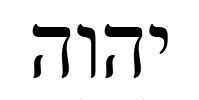
The Letter of James in teh New Testament neatly sums up the basic conflict between Christianity and Judaism: ‘ Was not our ancestor Abraham justified by works when he offered his son Isaac on the altar? You see that faith was active along with his works, and faith was brought to completion by the works. Thus the scripture was fulfilled that says, ‘Abraham believed God, and it was reckoned to him as righteousness’, and he was called the friend of God. You see that a person is justified by works and not by faith alone.’ (James 2.21-24)
No wonder Martin Luther (1483 – 1546) called it “a right straw epistle.”
On the other hand, I treasure the brief saying by Rabbi Lionel Blue in ‘To Heaven with Scribes and Pharisees’, “Prayer is when God speaks to us.”
Hinduism
Hinduism is a kind of encyclopaedia of religions, and very visible. There are enormous temples and millions of wayside shrines. The multitude of cows and monkeys wandering city streets in India bear witness to their reverence for life.
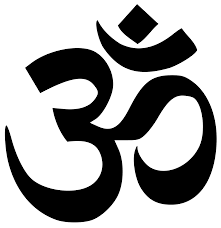
There are three main paths or yogas towards nirvana or spiritual enlightenment, the path of knowledge, the path of action and the path of ‘Bhakti’ or ‘devotion’. A key scripture, part of the epic poem Mahabharata is the Bhagavad Gita (Song of God). Here is a verse: ‘For the salvation of those who are good, for the destruction of evil in men, for the fulfilment of the kingdom of righteousness, I come to this world in the ages that pass.’
Another verse expressing Hindu spirituality is, ‘Kill desire, that powerful enemy of the soul.’
In this tradition one could well sing the hymn ‘Amazing grace’ and not need to change a word.
A caution: There are two main streams of thought in India, Advaita or monist, and Dvaita or dualist. The former says that everything is fundamentally one with the One, and that all distinctions of body or mind will be swallowed up as a raindrop is absorbed by the ocean. This is how Hindus understand the saying of Jesus, “I and the Father are One.” I had a discussion with a young man who referred to a local mountain Arunachala as God. “How can a mountain be God?” I asked. “Why not?” he replied.
The Dvaita or dualist school of thought there something permanent and real. Our worship and actions are not insignificant. A Catholic priest I spoke to in Chennai spoke of Christianity as modified dualism.
The most famous Hindu of the last century was Mahatma Ghandi, who exemplified the open attitude of Hinduism to other faiths. In the ashrams he set up there are regular readings from Indian scriptures, the Bible and the Qur’an. And yet the rise of neo- Hindu nationalism has resulted in vicious mob attacks on Moslems and Christians.
With Hinduism, the best attitude is that of the waiter Manuel in ‘Fawlty Towers’: “I know nothing”.
Buddhism
Buddhism came into being 2,500 years ago when an Indian prince, Siddhartha Gautama, sought spiritual enlightenment. He found it not in religious rituals or excessive austerities but through reflecting on the Four Noble Truths of the human condition. These, put crudely, are: life is suffering: the cause of suffering is desire; .cessation from suffering comes through renunciation of desire; the Noble Eightfold Path is the means by which one can attain ]iberation from suffering and desire. Practising mindfulness or meditation is central to this path.
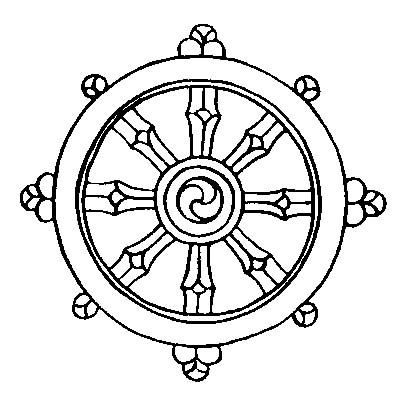
Buddhism is non-theistic. It neither affirms or denies the existence of divinity; different schools of Buddhism take different approaches. Rather it is a practical programme with a strong psychological component. It is thus very different from Christianity, Islam, Judaism and much of Hinduism. As such it is rapidly becoming the go-to religion of the Western world. But when I read the Dhammapada, the oldest Buddhist scripture, I am struck by how close It is to the teachings of Jesus:
‘“He insulted me, he hurt me, he defeated me, he robbed me.” Those who think not such thoughts will be free from hate. For hate is not conquered by hate; hate is conquered by love.’ (Dhammapada 1.4-5)
A close colleague of the Dalai Lama, Lopön-la, had spent eighteen years in a Chinese prison after the fall of Tibet in 1959. When they met up in India, Lopön-la said casually that there had been two or three occasions when he had felt in real danger. “What kind of danger?” he was asked. “The danger of losing my compassion for the Chinese.” (Towards a True Kinship of Faiths – the Dalai Lama p.120)
Islam
The beginning of Islam happened when an Arab merchant called Mohammed received a series of spoken revelations from 610 CE, affirming that there is only one God, and that worship of idols and subsidiary gods was forbidden. For Muslims the Qur’an is the actual words of God in Arabic. This is why it can never by translated as such, only interpreted in different languages.
Muhammad Suheyl Umar of SOAS, the School of Oriental and African Studies, wrote. “(In Islam) the Word did not become flesh, it became book.” “The recitation of the Qur’an has been, throughout life, my chief means of concentration upon God… My reading thus becomes the equivalent of a long drawn-out invocation of the name ‘Allah’.” There is real resonance between this and the Eastern Orthodox practice of continually saying the Jesus prayer: ‘O Lord Jesus Christ, Son of the Living God, have mercy on me a sinner’. This is prayed repeatedly under one’s breath until it comes a permanent presence in the heart.
Twice I have taken part in the prayers in the mosque, once in Madurai, India and once in Sutton, London. With their reverence and seriousness; I saww it as a real school of prayer. it is particularly helpful to be a Muslim in prison. When you are banged up 23 hours a day, the five daily times of prayer in your cell provide a godly framework for the day; and the chaplaincy (always multi-faith) will give you a Qur’an and a prayer mat on request.
(Note: it was to help Christians have a similar pattern of prayer by using the Psalms that I wrote ‘Discovering Psalms as Prayer – how we can use the Psalms morning, noon and night’).
Here is the first surah (or chapter) of the Qur’an, called ‘The Opening’. Muslims recite it at every prayer time, just as Christians say the Lord’s Prayer.
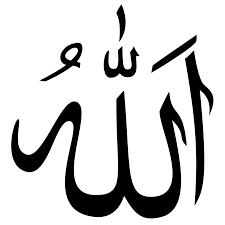
In the name of God, the Merciful, the Compassionate
Praise belongs to God, the Lord of all Being, The All-merciful, the All-compassionate, the Master of the Day of Doom.
Thee only we serve: to Thee alone we pray for help. Guide us in the straight path, the path of those whom Thou hast blessed not of those against whom Thou art wrathful, nor of those who are astray. (Interpretation by Arthur J Arberry, OUP, 1964)
Jesus is highly honoured in the Qur’an. One difficulty is that main-stream Islam interprets the Qur’an as teaching that Jesus was not crucified on Good Friday, but that his death and resurrection are yet to come. On the other hand, when I was vicar at Hackbridge and Beddington Corner, I frequently included a passage from the Qur’an about the birth of Jesus, Surah Maryam, 19.16-34. If you don’t believe that Jesus was conceived by Mary as a virgin through the Holy Spirit, you are not a Muslim. As one of my neighbours said to me in the street, “I’m a Muslim, and I LOVE Jesus!”
ANOTHER LOOK AT THE BIBLE
Are there any Biblical resources which could help us recognise helpful resonances with other faiths? Perhaps.
In his letter to the Christian community at Colossae, Paul describes the Messiah Jesus: ‘He is the image of the invisible God, the firstborn of all creation; for in him all things in heaven and on earth were created, things visible and invisible, whether thrones or dominions or rulers or powers — all things have been created through him and for him. He himself is before all things, and in him all things hold together.’. This seems a long way from the radical northern rabbi we meet in the gospels. What can have been the background of Paul’s thinking? Was it perhaps a reflection on the role of God’s Wisdom as in Proverbs 8.22-31?
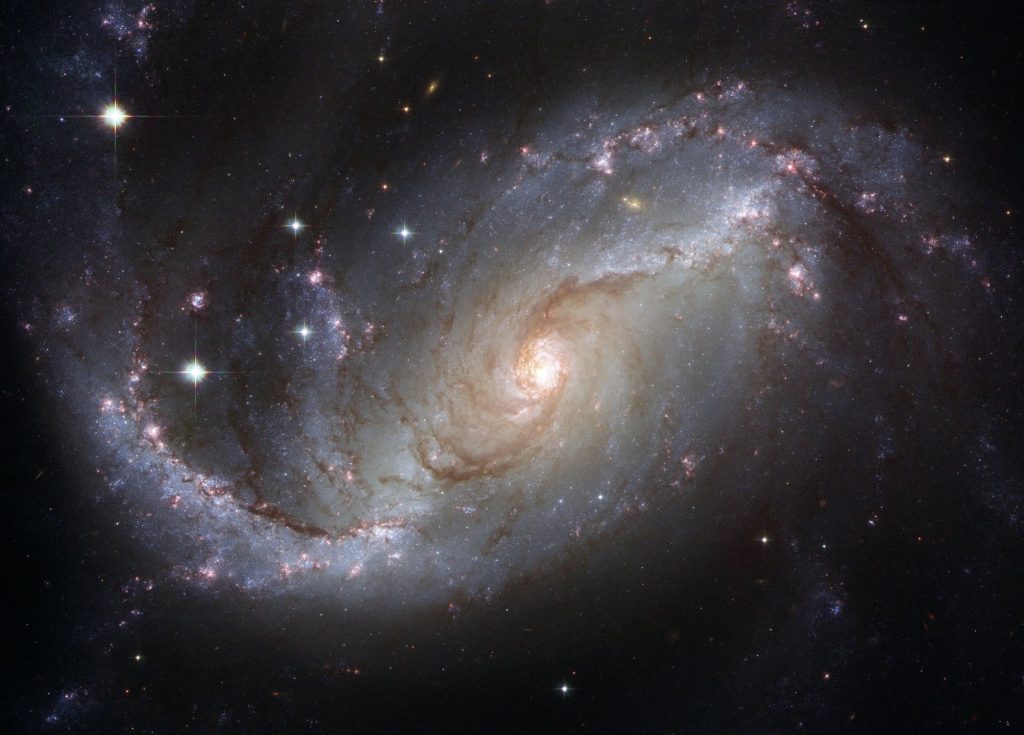
The Lord created me at the beginning of his work,
the first of his acts of long ago.
Ages ago I was set up,
at the first, before the beginning of the earth…
I was daily his delight,
rejoicing before him always,
rejoicing in his inhabited world
and delighting in the human race.
Can we see Jesus as the embodiment of God’s eternal wisdom? Or as the Gospel of John puts it in terms of communication and light:
In the beginning was the Word, and the Word was with God, and the Word was God. He was in the beginning with God. All things came into being through him, and without him not one thing came into being. What has come into being in him was life, and the life was the light of all people…. The true light, which enlightens everyone, was coming into the world. (John 1.1-4, 9)
If this is a useful way of looking at the world of faiths, it makes sense of what Queen Elizabeth said about the Anglican Church in February 2012: “The role of of (our Established Church) is not to defend Anglicanism to the exclusion of other religions. Instead, the Church has a duty to protect the free practice of all faiths in this country.”
TOWARDS A TRUE KINSHIP OF FAITHS

I got to know this book through a recommendation by a guest in one of His Majesty’s Prisons. It expresses years of the Dalai Lama’s work and reflection on how to bring peace between faiths. The book describes his meetings with ‘my friend the bishop, my friend the rabbi, my friend, the swami, my friend the imam etc.’
He sees all faiths as centred on the value of compassion. But unlike the Hindu parables mentioned at the beginning, he does not advocate amalgamating them all into one feel-good soup. The life of each the world’s faiths is rooted in their specific beliefs and stories; they are what create faith for individual believers.
What we need is both fidelity to the givenness of our own religion, as well as respect for other faiths. Respect can be accorded by recognising that each has provided a spiritual path for millions of people, and all teach the values of compassion and forgiveness. There is no religion in the world which would dispute the injunction to love God (according to their understanding) and to love our fellow men and women as ourselves.
